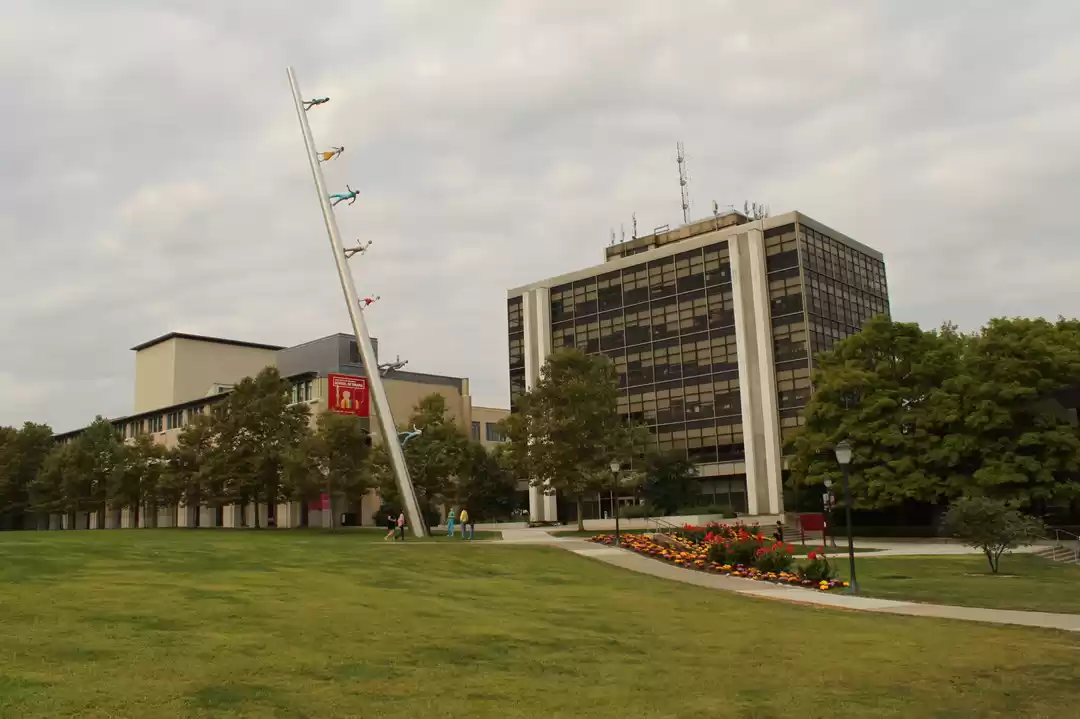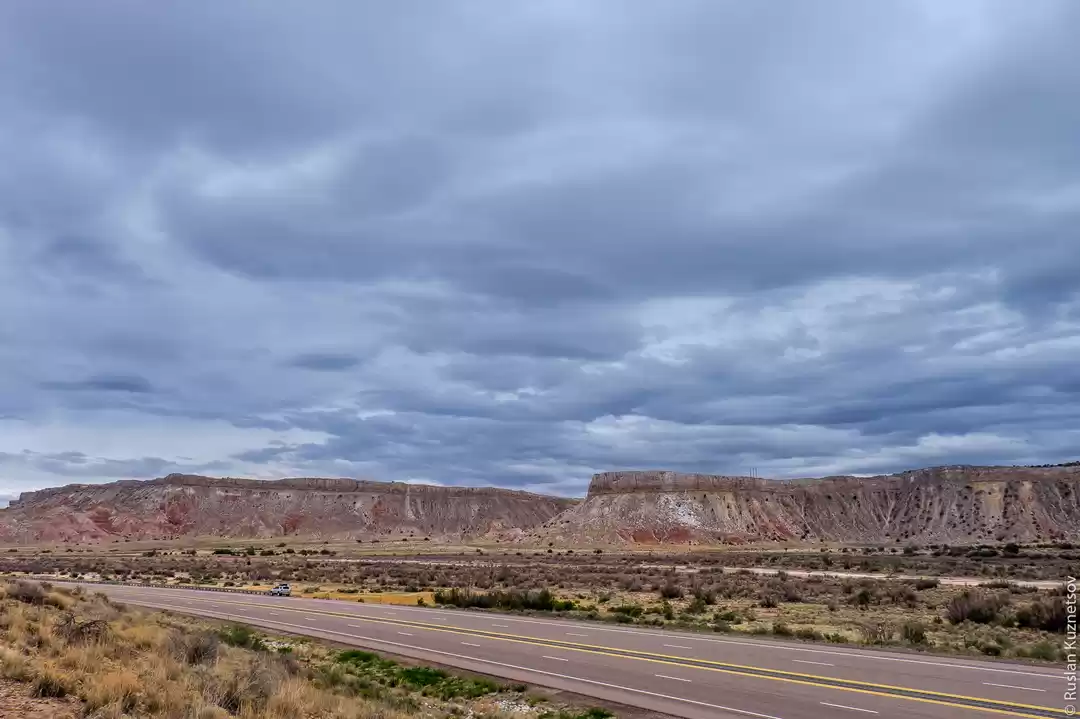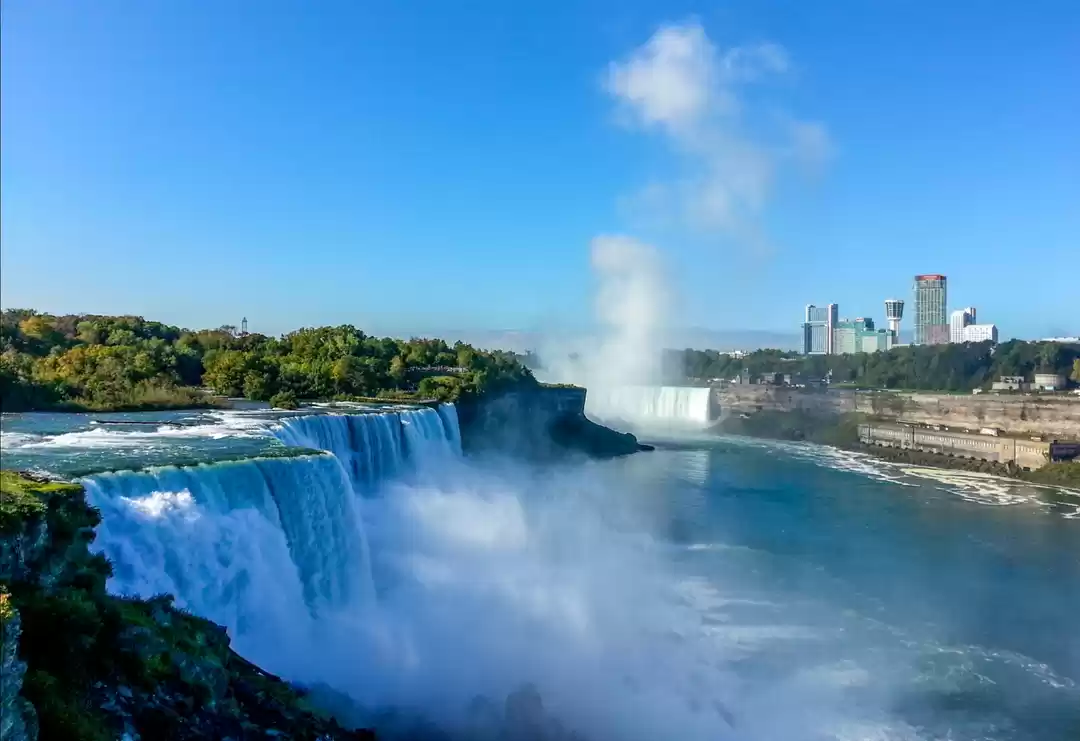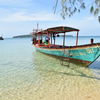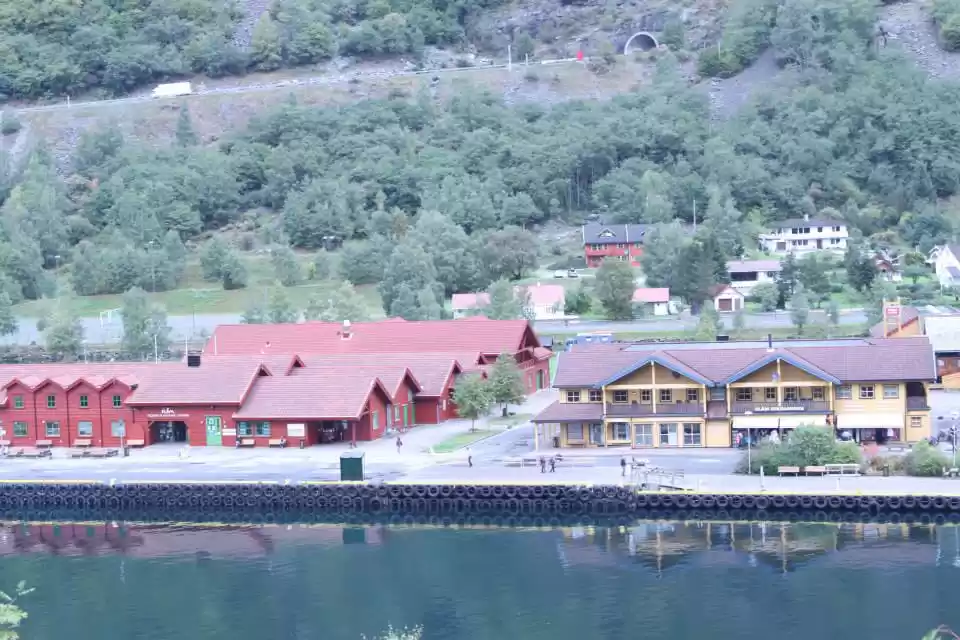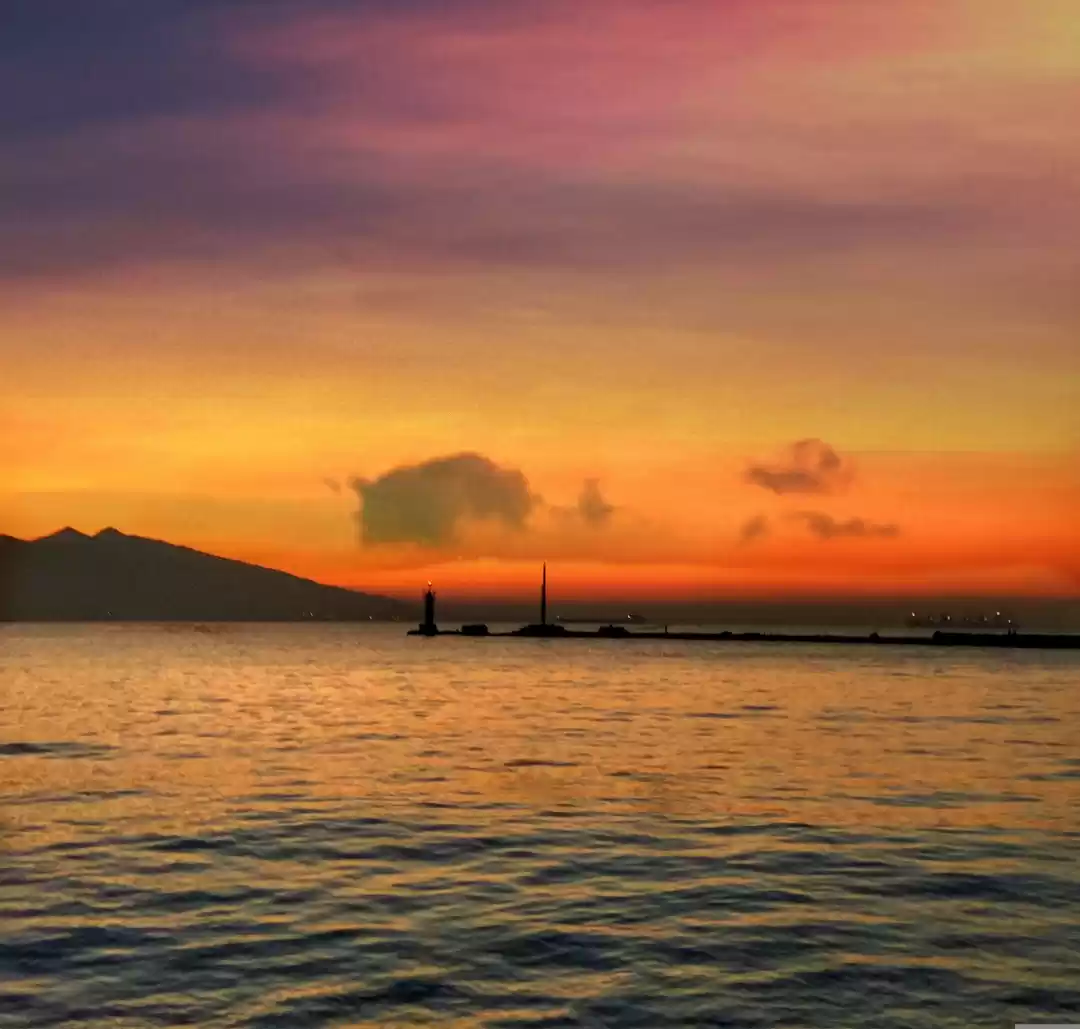Baltimore Tourism and Travel Guide
Baltimore County is a county located in the northern part of the U.S. state of Maryland. As of the 2010 census, the population was 805,029, making it the third-most populous county in Maryland. Its county seat is in Towson, in the north-central section just north of the adjacent City of Baltimore. The name of the County was derived from the barony of the Proprietor of the Calverts' new colony in the Province of Maryland, Cecil Calvert, 2nd Baron Baltimore, (1605-1675),, and the town of 'Baltimore' in County Cork, of southern coastal Ireland. Baltimore County is included in the Baltimore-Columbia-Towson, MD Metropolitan Statistical Area, which is also included in the Washington-Baltimore-Arlington, DC-MD-VA-WV-PA Combined Statistical Area. It is increasingly part of the East Coast 'megalopolis' stretching from Boston to Richmond. Baltimore County no longer includes the City of Baltimore, a maritime 'port of entry' established in 1706, with the Town founded in 1729. The Town of Baltimore became the 'county seat' of Baltimore County in 1767, with construction later of a new downtown courthouse. The Town of Baltimore was Incorporated as a City - 1796/1797. After several small parcels of land were added to the Town during 1780s, larger segments of territory were annexed from Baltimore County in three major acts. First adding areas known as the 'Precincts' on the west, north (up to North Avenue), east and southwest sides in 1816 and second, on the western and northern boundaries in 1888. The East side industrial communities of Canton and Highlandtown, with large factory and business owners who resisted and opposed annexation, were not annexed by Baltimore City until 30 years later. The third and last major annexation took place 1918-1919, which again took territory from the County on all three sides (west, north and east) as well as to the south for the first time from Anne Arundel County, along the south shores of the Patapsco River. With adoption of the second Maryland state constitution in 1851, provisions mandated separation of Baltimore City from the County, having it assume one of the few 'independent city' status in the United States, created the city on the same level with other 23 counties of the state, and gave limited 'home rule' powers separate from the authority of the General Assembly of Maryland. A constitutional amendment, (little noticed and causing not much controversy or realization of future impact at the time, unfortunately even by the city) was approved by referendum by state voters to the 1867 Maryland Constitution in 1948, prohibiting any future annexations without approval from residents in affected territories. Population reached a maximum of 959,000 in 1950, and has declined every decade since as growth expanded to a greater metropolitan area, now involving five surrounding counties in the half-century since. Although causing extensive city-county hostilities during the time of 1950s, 60's, and 70's Civil Rights movement, with later increasing urban social ills faced by the County's older 'inner suburbs' by 1980s, an atmosphere of metro cooperation has emerged with the drawing of cross-border state assembly districts, and organization of regional government agencies and increasing state assumption of powers. Among the county's major employers are MedStar Franklin Square Medical Center on the east side in Rossville, the Social Security Administration, which has its national headquarters on the west side in Woodlawn, and Black & Decker in Towson. During World War II, the Glenn L. Martin Company in the far eastern county of Middle River had 53,000 employees manufacturing combat airplanes and aviation equipment for the war effort and the Bethlehem Steel Corporation had more than 30,000 workers at its sprawling Sparrows Point steel mill on the waterfront peninsula, largest in the world at one time. Of the 410,100 persons in the county's workforce as of 2009, 25% are employed in the fields of education, health, and human services, and 10% in retailing, with less than 1% in agriculture. The county is also home to the University of Maryland, Baltimore County in the southwestern corner of the County, between Catonsville and Arbutus, as well as home to Towson University, now the second largest college/university in the state, located north of the City at the county seat. Towson is also the home of the formerly all-woman Goucher College liberal arts school (now co-ed). The County is also home to the recently renamed Stevenson University (formerly Villa Julie College), expanding from a business and secretarial school to a wide curriculum. with campuses located in Stevenson and Owings Mills.

